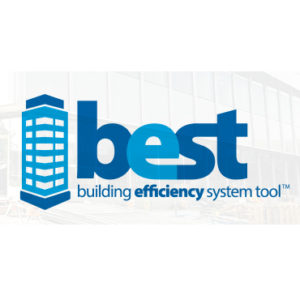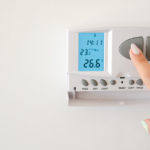 Choosing wall caps, grilles and diffusers for your HVAC installation is easy. You know where to get high-quality products. Selecting the right HVAC system for your customers is trickier. A new app promises to quickly analyze a wide variety of HVAC options.
Choosing wall caps, grilles and diffusers for your HVAC installation is easy. You know where to get high-quality products. Selecting the right HVAC system for your customers is trickier. A new app promises to quickly analyze a wide variety of HVAC options.
The larger the project, the more difficult the analysis can become. In the planning stages you need to compare the initial outlay against the running costs over the lifetime of the equipment, so you can help your customer make the right decision.
Each project will have a different set of priorities. Upscale projects will likely be seeking the highest efficiency ratings to qualify for various building certification programs. Others may be more concerned with the initial setup costs. The other challenge is the number of rating standards you have to contend with. With all of these factors to consider, HVAC system analysis can take hours.
The Hydronics Industry Alliance (HIA), a trade organization made up of manufacturers of hydronic heating systems, has built a free app that will reduce the time spent evaluating HVAC systems from hours to minutes. The app is called the Building Efficiency System Tool or BEST.
BEST was created over five years by manufacturers from all over North America and is intended for use by designers, building owners, and system engineers in the planning of HVAC systems. It’s important to note the app is not to be used as an estimating tool, but as a means of comparing HVAC systems.
How BEST works
Using data from actual system performance rather than from tests, BEST analyzes HVAC systems using numerous standards and rating systems including:
• Energy Efficiency Ratio (EER)
• Integrated Energy Efficiency Ratio (IEER)
• Seasonal Energy Efficiency Ratio (SEER)
• Coefficient of Performance (COP)
The BEST output data is called Building Energy Efficiency Ratings (BEER). As the name suggests, BEER rate’s the building efficiency rather than simply the efficiency of the equipment. BEER factors in the above ratings as well as performance and cost data. The cost data includes the initial outlay as well as annual maintenance information collected from 50 HVAC contractors.
The BEST home screen is a fillable form for entering all relevant project data, including details such as the project location. BEST uses National Oceanic Atmospheric Administration (NOAA) data to populate the weather data fields based on the project location. The building information is also entered on this screen.
BEST will load a number of default values for items such as heating and cooling loads, but those can be overwritten. BEST includes typical power costs by state built into the system, so you’ll get the most up to date information for energy efficiency ratings based on location.
The next screen you’ll work with is the system screen where details like heating source and distribution system setup are entered. Once you select your equipment, the program will update the efficiency values and cost fields.
Another slick feature is the predefined system option on the main screen. There are 30 predefined systems to choose from, and you can compare up to four at the same time. You can view the details for each individual system, and then compare the charts for energy savings and lifecycle costs of all four systems. This is also where BEER ratings are displayed.
BEST already has more than 2000 users. If it truly solves the problem of evaluating systems, it will permanently change the HVAC design landscape. And, since it’s free, there’s no reason you can’t test it out for yourself.



